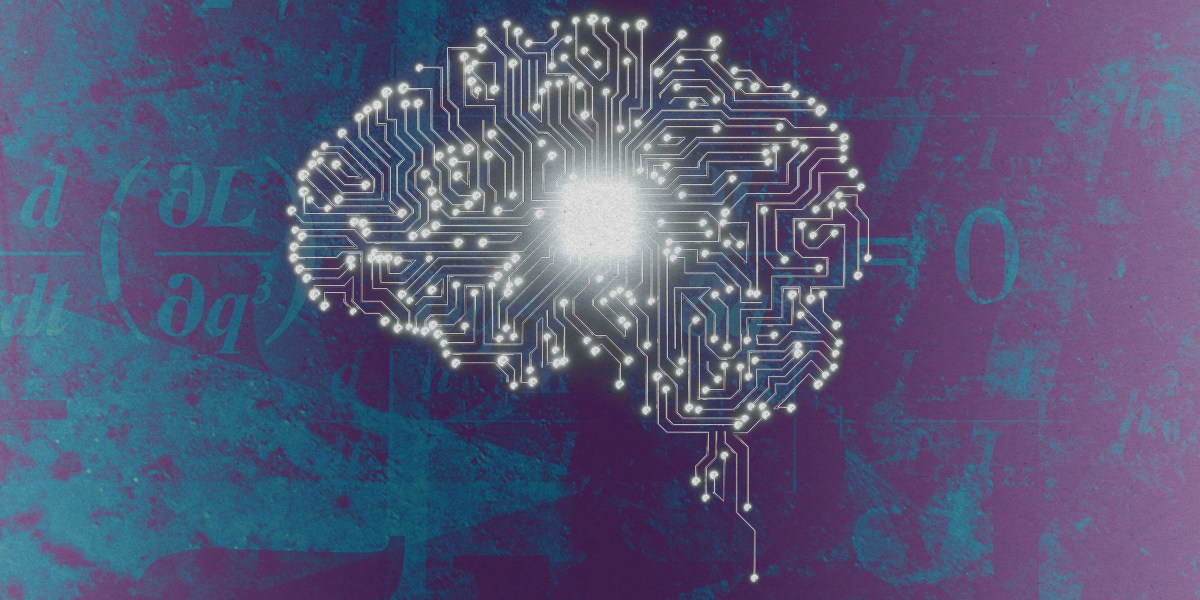Artificial intelligence is on the brink of transforming the work environment in the coming years, impacting demographics and the inclination towards remote work.
The future of work is far from uniform; it pivots on the importance of location and the degree to which AI shapes task completion. Nevertheless, a common denominator across all professions is the prevailing scarcity in the labor market.
Challenges Posed by Demographics in a Tight Labor Market
The existing dearth of labor is not solely a consequence of shifts induced by the pandemic but is deeply rooted in enduring demographic trends. The period spanning 2018 to 2019 encountered difficulties in recruiting fresh talent and historically low levels of unemployment even before the pandemic struck. The core issue lies in the sluggish expansion of the working-age population. In fact, the growth rate of individuals aged 25 to 65 between consecutive censuses is currently at its lowest since the Civil War. This demographic pattern, elucidated in the article “The Scariest Chart For Business In The Coming Decade: Workers Not Available” from 2018, has been exacerbated by lower-than-expected levels of international immigration, further diminishing projections for the working-age population.
The era marked by significant expansions in the working-age population from 1970 to 2010 coincided with a notable increase in the female labor force participation rate, thereby expanding the pool of job seekers. However, since 2009, the interest among women in entering the workforce has plateaued, resulting in a relatively stagnant labor force.
Given these demographic realities, a consistently tight labor market is anticipated, with a slight alleviation predicted in the 2030-2040 timeframe. Consequently, the scarcity of workers will persist in the interim.
The Transformation of Remote Work
The Covid-19 pandemic introduced many office workers to the concept of remote work. While independent consultants and freelancers had long been accustomed to working from home, corporate employees were compelled to adopt remote work during lockdowns. Surprisingly, many found this arrangement appealing. While some missed the camaraderie and social interactions of the office, others welcomed the elimination of commuting. Distractions varied among individuals, with some struggling to concentrate without direct supervision, while others thrived in the absence of office noise. Ultimately, a significant portion of office workers expressed a preference for remote work, albeit not unanimously.
Conversely, managers harbor reservations regarding the productivity of remote workers. A recent article in the Harvard Business Review highlighted the contrast between managers’ and employees’ perceptions of remote work productivity. Nearly half of both employees and managers believe that productivity levels remain consistent whether working remotely or in the office. Furthermore, there is emerging evidence suggesting that remote workers may encounter obstacles in terms of career progression.
Four decades ago, managers could dictate terms regarding in-office work due to an abundance of job applicants driven by population growth and increased female workforce participation. However, in today’s landscape, managers who insist on in-office work risk losing out on skilled talent. Prominent figures like Elon Musk have had to recalibrate their staunch office-centric policies. As a result, managers are compelled to strike a balance between productivity assessments and the salaries required to attract employees to the office. Remote work is poised to play a pivotal role in the future of office-based occupations. Yet, the looming question remains:
The Impact of AI on the Workforce
The integration of artificial intelligence introduces a new dynamic to the workforce, with varied effects on clerical/administrative roles versus hands-on occupations. For office workers, the adoption of generative AI tools like ChatGPT is expected to boost productivity, thereby reducing the demand for such roles. Consequently, the tight labor market in these sectors may experience some relief, leading to diminished bargaining power for workers and slower wage growth. Despite this shift, the preference for remote work is likely to endure. Managers mandating in-office work will need to offer competitive remuneration to attract employees, albeit from a lower baseline. In this scenario, data-driven decisions on productivity will take precedence over traditional gut instincts.
In contrast, the influence of AI on hands-on roles, such as construction, manufacturing, and food services, will be less pronounced. While robotics have streamlined numerous factory processes, their applicability in dynamic real-world settings remains limited. The advancement of robotics necessitates extensive datasets, posing challenges in sectors with diverse working conditions. Although progress in robotics is anticipated, a transformative revolution seems distant.
AI Enhancing Hands-On Work
Artificial intelligence is poised to enhance various aspects of hands-on occupations. While carpenters will continue to ply their trade, AI will facilitate activities like cost estimation and inventory management for contractors. In culinary settings, AI can assist in predicting customer demand, thereby reducing wastage and improving efficiency.
Furthermore, AI coupled with sensor technology can optimize workforce deployment and enhance operational efficiency. Tasks like restroom maintenance can benefit from AI-driven monitoring systems, ensuring timely cleanliness. Infrastructure maintenance, such as preemptive pothole repairs, can be streamlined through AI interventions.
The Future Work Environment
The future of work is expected to be intricately tailored to specific tasks. The demand for hands-on roles is projected to surge amidst a constrained labor supply, leading to wage hikes and enhanced working conditions. Conversely, office-based functions will undergo a transformation driven by AI-powered tools, reducing the necessity for such roles. While this equilibrium may entail stagnant wages, heightened productivity will translate to reduced consumer costs. Remote work is poised to become a bargaining chip for employers seeking cost efficiencies.
In conclusion, the future of work will embody a nuanced interplay of demographic shifts, technological advancements, and evolving work preferences, shaping a dynamic and adaptable workforce landscape.










